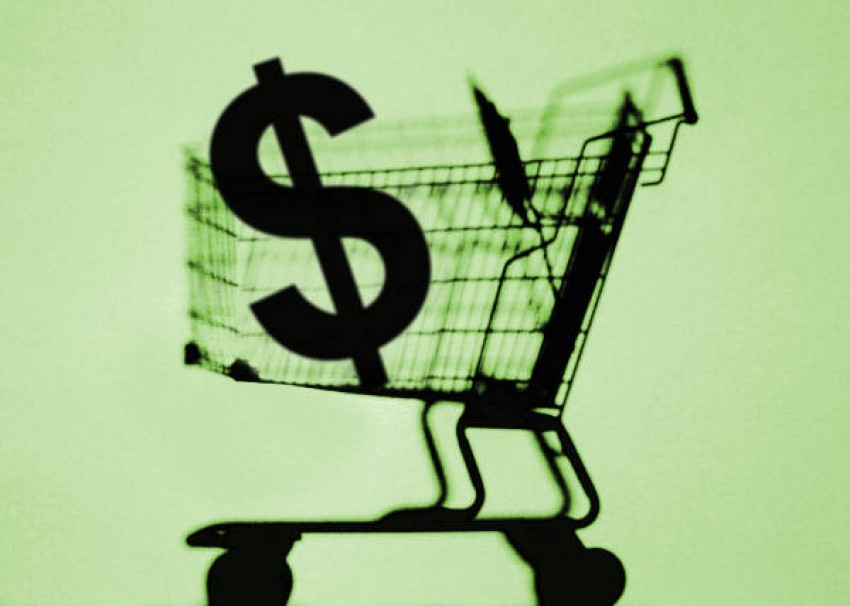The benefits that virtual payment cards provide to buyers are expressed quite well in vendor marketing materials, as well as in several previous articles here at Payables Place. What’s not as well discussed, however, are the advantages virtual cards ascribe to the suppliers that accept them.
To be quite frank, the pluses of virtual payment cards aren’t much different from the pluses of commercial cards generally. If a supplier already accepts commercial cards for payment, chances are good that the same supplier will accept virtual cards. Where virtual cards afford unique advantages is in comparison to other, non-card electronic payment methods. Three such benefits are faster payment receipt, no additional processes, and improved payment data, each of which we discuss below.
Faster Payment Receipt
Payment with virtual cards is much faster, on average, than ACH or paper check. The reason for this is that the virtual payment card acts precisely the same way a commercial card does. Payment on an approved invoice is processed at the point of transaction—which could be invoice approval—and sent directly into the supplier’s bank account. Receiving payment faster can mean a reduction in days sales outstanding and an improvement in the supplier’s working capital situation.
As virtual cards operate on the same card networks as commercial cards, this payment-receipt process isn’t an esoteric procedure. Payment is received typically a few days after invoice approval, through a secure channel that doesn’t require suppliers to expose bank account information as with ACH or wire transfer. Solution providers like Boost Payments and AOC Solutions offer the ability for suppliers to initiate virtual payment card transactions, which could speed payment even more. (The buyer still has to approve the transaction; calling something “supplier-initiated” only means that the supplier doesn’t have to ask for the virtual account number before charging the account.)
No Additional Processes
Virtual payment cards may sound like a new transaction method, but in reality they’re not. If suppliers already accept purchasing cards or corporate cards for payment, then chances are the infrastructure already exists to accept virtual payment cards. Keep in mind that virtual cards are simply a credit card without a tiny piece of plastic attached. Paying with a virtual card is thus no different, on the supplier side, from receiving payment via a p-card or other commercial card.
If a supplier already accepts commercial cards, the virtual payment card implementation is almost non-existent. If the buyer wants its supplier to accept ACH or wire transfer, however, the supplier’s financial systems need to change. There’s inevitably an implementation period before suppliers can accept payments on any new financial operations technology; this timeframe can sometimes be fraught with difficulties, such as legacy technology and lack of staff training among others. Virtual card transactions are settled through the major card networks—Visa, MasterCard, and American Express—so if a supplier already has a virtual terminal or eCommerce portal that allows commercial card acceptance, using a virtual payment card is as easy as inputting the virtual card number as normal.
Improved Payment Data
One of the biggest problems with ePayment methods such as ACH and wire transfer is the distinct lack of rich remittance information. ACH allows for only 80 characters of transmittable information, while wire transfers once allowed for only 140 characters (there’s more space now, but the remittance information in wire transfers is still unstructured). These are legacy aspects held over from the initial creation of the protocols. While some solution providers, such as Bottomline Technologies and NVoicePay, can help counteract this problem by attaching detailed remittance information in secure messaging systems, the fact remains that without those value-added services, ACH and wire transfer do not typically provide rich remittance data.
Because virtual payment cards operate the same way as commercial cards, suppliers could receive robust data similar to a line-item invoice once the payment has settled through the card network and issuing bank. This is what’s called Level 3 data, which is required for transactions with the U.S. government, and provides details such as item product code, description, quantity, and tax. Improved payment data like this has the potential to simplify payment reconciliation and reporting.
Final Thoughts
Virtual payment cards afford a number of benefits to buyers and suppliers both. Buyers gain added security through securing account numbers, while suppliers gain the same from not needing to provide and expose bank account information to their customers. If a buying organization already has a purchasing card program, adding a virtual card involves little change in payment procedures. Similarly, suppliers don’t need to worry about an expensive technology enablement simply to receive payment.
Interchange fees may cause some pause among suppliers—accepting commercial cards for payment means needing to pay a percentage to card networks and issuers—but the potential reality of receiving payment faster can outweigh that concern. This can decrease days sales outstanding, as well as provide a more consistent cash inflow that could make a corresponding improvement in working capital optimization.
Virtual payment cards, and their commercial card brethren, are not the be-all and end-all for electronic payments. However, virtual cards do add a strong layer of security for card-not-present transactions and can help suppliers receive payment faster than a traditional payment process. Virtual cards are a good intermediary step for enterprises looking to start using ePayments more and more in their operations; and virtual cards even offer benefits to suppliers. Definitely something to think about.
Join the Ardent Partners LinkedIn group today and keep up with all the discussion around B2B payments and other financial operations topics. Find us at https://www.linkedin.com/groups/Ardent-Partners-Supply-Management-Research-2843427.








